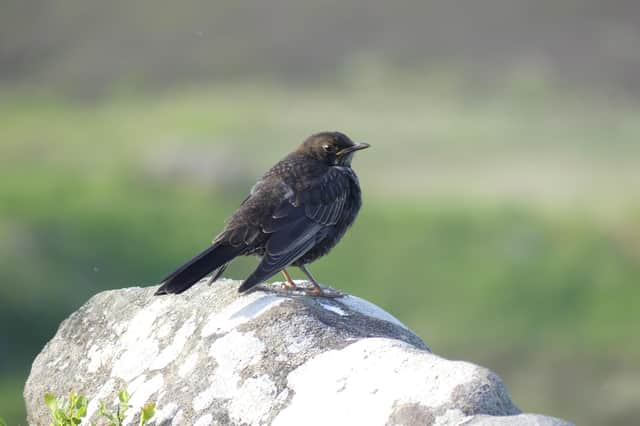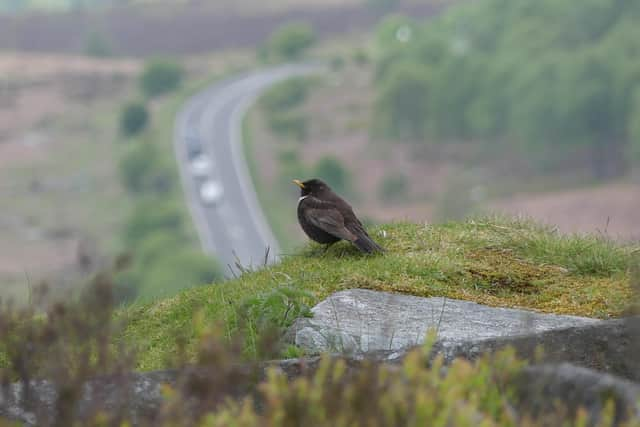Ring Ouzel conservation efforts pay off in the Peak District as the 'mountain blackbird' shows signs of growth


In the heart of the Peak District, conservationists are celebrating a glimmer of hope as the population of the iconic Ring Ouzel, often dubbed the "mountain blackbird," shows signs of stability, and even growth, in the eastern part of the region. This positive development stands in stark contrast to the concerning decline observed nationally.
The Ring Ouzel, a cherished summer visitor to the upland areas of the UK, has long been a focal point for conservation efforts due to its inclusion in the UK Red List of Birds of Conservation Concern. According to the last national census conducted in 2012, the breeding population of these enigmatic birds had plummeted by 29% across the country, sparking alarm among wildlife enthusiasts and conservationists alike.
Advertisement
Hide AdAdvertisement
Hide AdHowever, recent observations indicate a different trend in the eastern Peak District. Here, the Ring Ouzel population appears to be holding steady or even increasing over a similar timeframe. This encouraging development can be attributed in part to a collaboration between conservationists and recreation groups, aimed at safeguarding the bird's crucial nesting sites.


The ouzels in the eastern Peak District predominantly inhabit the rugged terrain of gritstone crags, a popular destination for rock climbers and walkers. Over the past two decades, concerted efforts to protect these nesting grounds have borne fruit, demonstrating the potential for coexistence between wildlife conservation and outdoor recreation.
Key to the success of this endeavour has been the implementation of measures to minimise disturbance to Ring Ouzel habitats. Visitors to the area are urged to remain vigilant for signs indicating the presence of these birds and to exercise caution to avoid disrupting their nesting sites. Furthermore, dog owners are reminded to keep their pets on leads in moorland areas between March 1st and July 31st, crucial months for breeding and rearing young.
Speaking on the project's progress, Kim Leyland of the Ring Ouzel Study Group express optimism about the future of Ring Ouzels in the region. "I hope that the project can continue to show that Ring Ouzels and visitors can co-exist in the same areas and that the birds can breed successfully while people are still able to access the areas for recreation (and to enjoy watching the birds of course)".
For those interested in contributing to the ongoing conservation efforts or reporting sightings of Ring Ouzels, more information can be found at tinyurl.com/peakouzels.
Comment Guidelines
National World encourages reader discussion on our stories. User feedback, insights and back-and-forth exchanges add a rich layer of context to reporting. Please review our Community Guidelines before commenting.